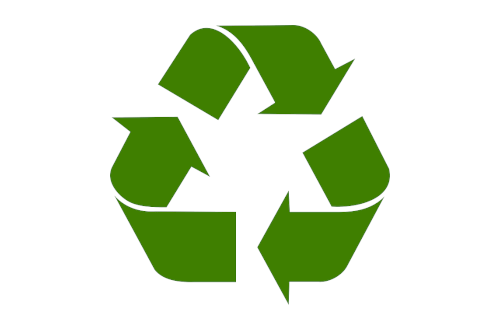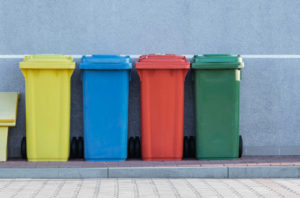Recycling Basics
Recycling is the process of collecting and processing materials that would otherwise be thrown away as trash and turning them into new products. Recycling can benefit your community and the environment.
On this page:
Benefits of Recycling
- Reduces the amount of waste sent to landfills and incinerators
- Conserves natural resources such as timber, water and minerals
- Increases economic security by tapping a domestic source of materials
- Prevents pollution by reducing the need to collect new raw materials
- Saves energy
- Supports American manufacturing and conserves valuable resources
- Helps create jobs in the recycling and manufacturing industries in the United States
Steps to Recycling Materials
Recycling includes the three steps below, which create a continuous loop, represented by the familiar recycling symbol.
- Step 1: Collection and Processing
- Step 2: Manufacturing
- Step 3: Purchasing New Products Made from Recycled Materials
Recycling Creates Jobs
EPA released significant findings on the economic benefits of the recycling industry with an update to the national Recycling Economic Information (REI) Study in 2016. This study analyzes the numbers of jobs, wages and tax revenues attributed to recycling. The study found that in a single year, recycling and reuse activities in the United States accounted for:
- 757,000 jobs
- $36.6 billion in wages; and
- $6.7 billion in tax revenues.
This equates to 1.57 jobs, $76,000 in wages, and $14,101 in tax revenues for every 1,000 tons of materials recycled.
For more information, check out the full report.



